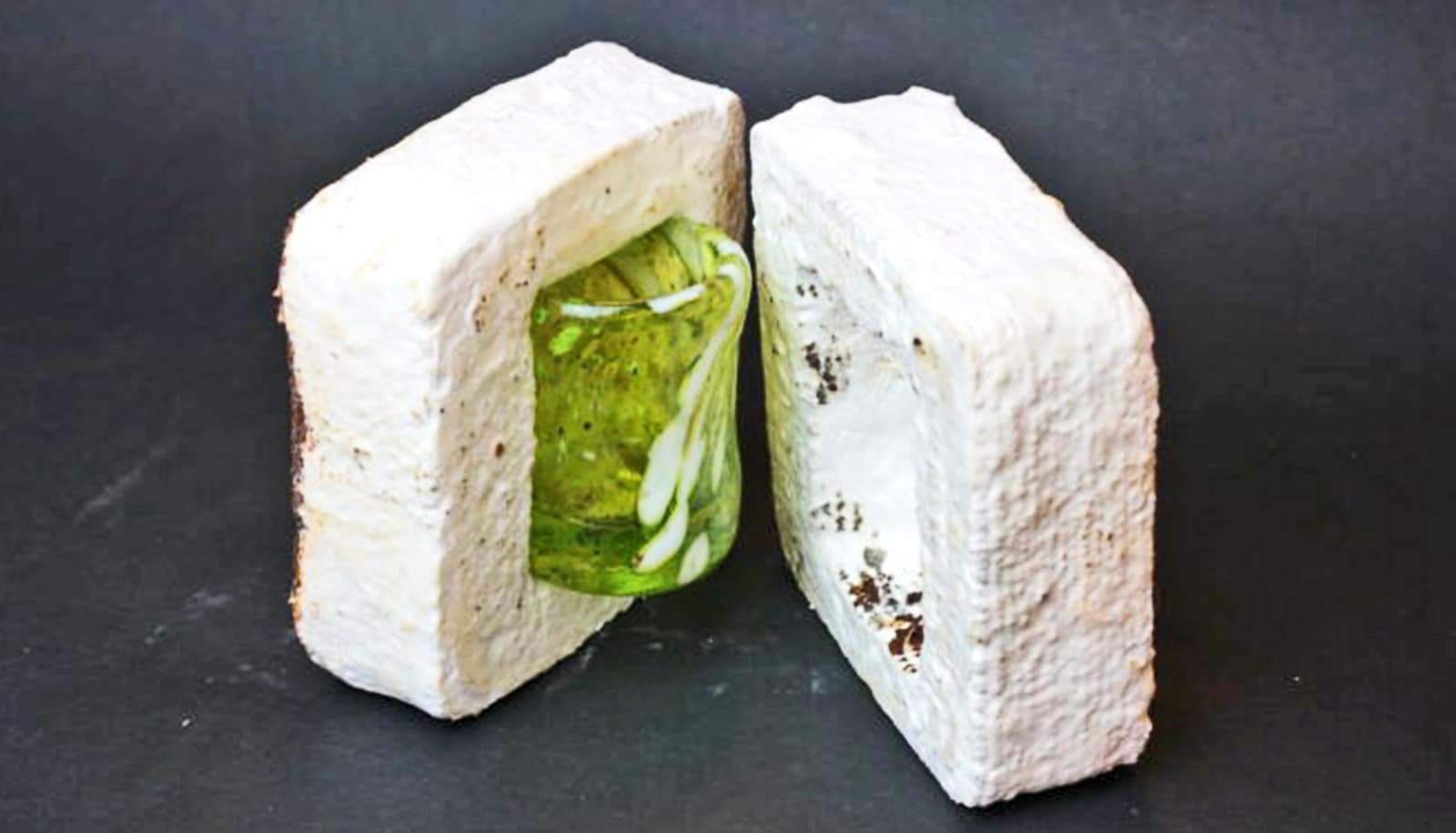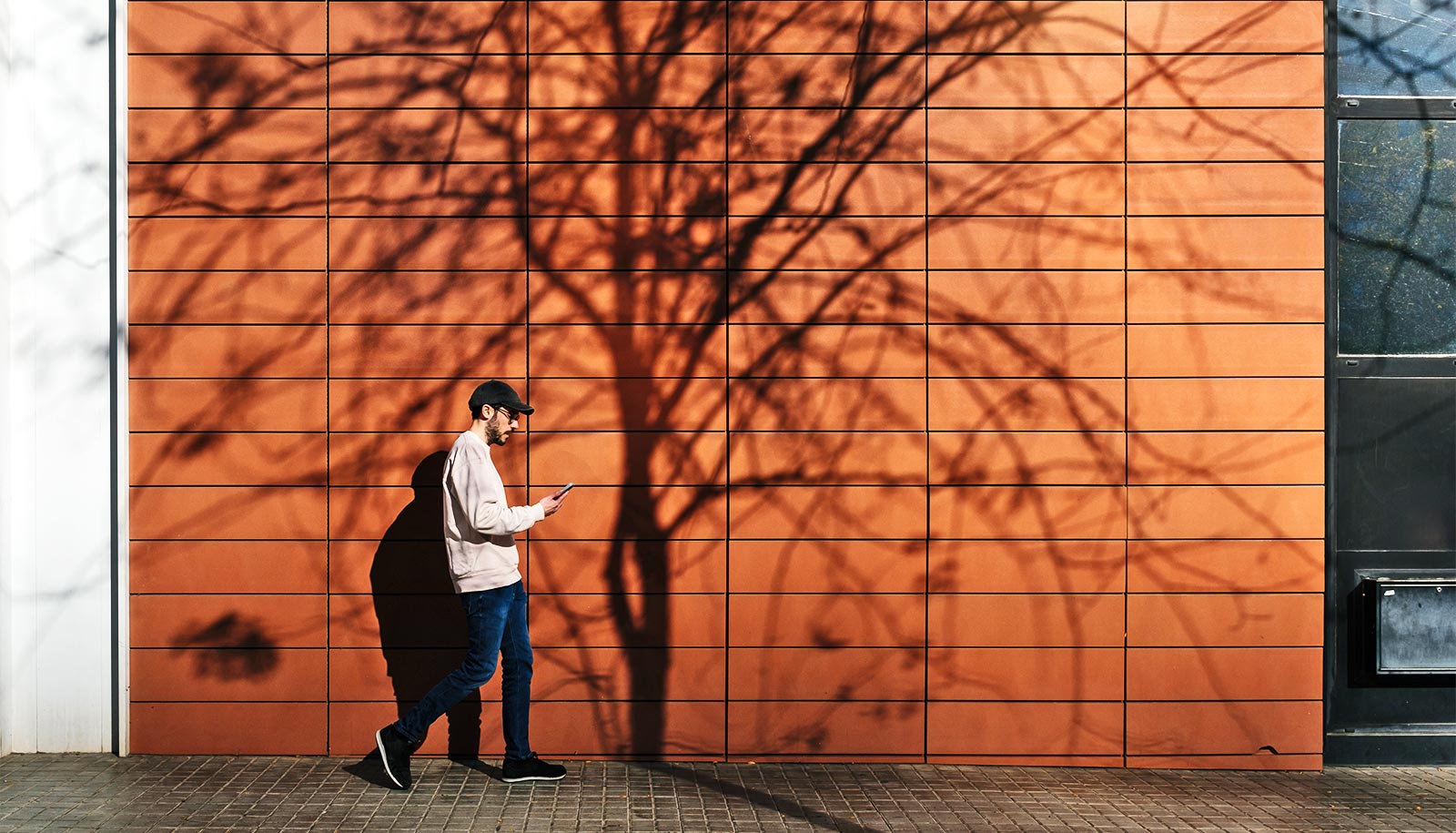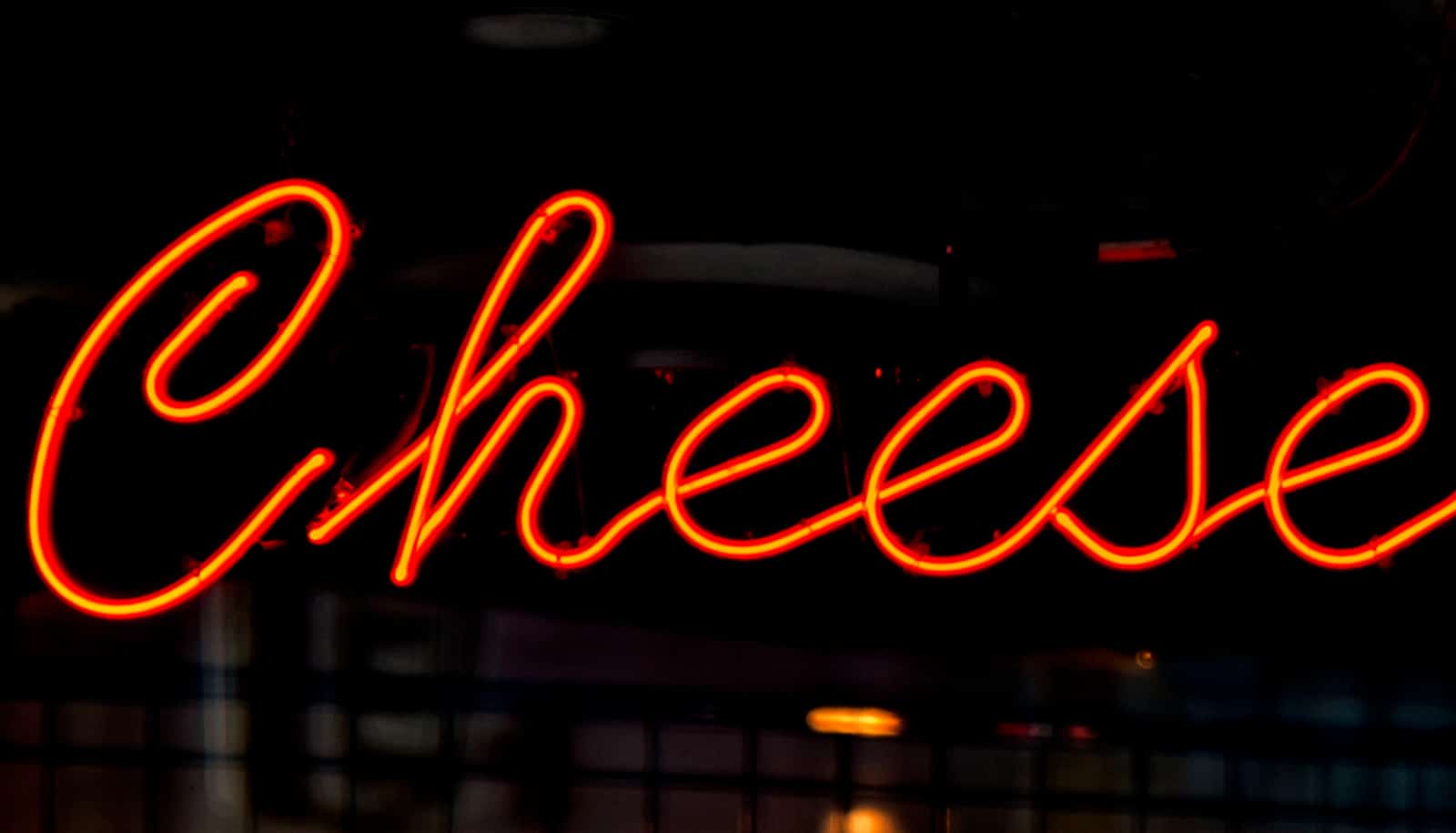New research clarifies how shade trees can contribute to the sustainability and productivity of cocoa crops.
Chocolate consumption is increasing around the world. Yet cocoa farmers, most of them smallholders, have to cope with aging plantations, decreasing soil fertility, increasing rates of pests and disease, and the consequences of climate change. As a result, cocoa could become scarce in the foreseeable future.
“Our goal is to develop sustainable farming systems that maintain or ideally even increase agricultural production over the long term, and provide as many ecosystem services possible,” explains Johan Six, head of the Sustainable Agroecosystems group at ETH Zurich. Ecosystem services include the maintenance of biodiversity of flora and fauna and the sequestration of carbon from the air into soils and biomass, which should help to mitigate climate change.
Agroforestry systems hold the promise for sustainable cocoa cultivation. Historically, cocoa grew under the shade of other trees but higher yielding monocultures have gradually replaced these systems. Today, there are attempts to go back to cultivating cocoa beneath the canopy of larger trees.
“We were interested in whether the shade trees could indeed deliver everything they promise, and how we can optimize cocoa agroforestry systems,” explains Wilma Blaser, a postdoctoral fellow in Six’s group. In a field study, they therefore compared shaded and unshaded cocoa systems in Ghana, the world’s second largest cocoa producer. They worked with local researchers to examine and measure the effects of shade trees in smallholders’ cocoa fields.
As reported in Nature Sustainability, researchers found that under a shade-tree cover of approximately 30 percent, shade trees had a predominantly positive effect on cocoa plants compared to areas without shade trees. This amount of shade is ideal for keeping pests and diseases in check while maintaining maximum soil moisture. The cooling effect on temperature, the number of animal and plant species in the field, and the carbon sequestration all increase with an increase in the amount of shade. Up to about 30 percent shade, cocoa yield is not compromised.
More shade, however, reduces the yield, as additional trees compete more intensely with the cocoa plants for light, water, and/or nutrients. “The optimal amount of shade is therefore a cost-benefit consideration,” Blaser explains. There is one promise that the shade trees seem, however, unable to keep: the amount of nutrients in the soil does not automatically increase with a rise in the number of trees.
All in all, the inclusion of shade trees in cocoa fields had a predominantly positive effect on ecosystem services, though the researchers emphasize that even the best agroecosystem cannot replace the ecosystem services provided by natural ecosystems when it comes to, say, carbon fixation or biodiversity. As Six says, “Agriculture is never natural; the idea behind agroecology is simply to infuse more ecology into agriculture.”
Blaser continues: “More ecology can make farming more sustainable and more stable.” For example, a higher diversity of plant species in an agricultural system can potentially keep diseases from spreading and the temperature buffering effects of shade trees could contribute to higher yield stability under extreme weather conditions. “Combined these effects can lead to improved and above all longer-term yield.”
Chocolate-killing fungus skips sex to clone
The research even showed that cocoa crops could tolerate more shade than previously thought without having a serious negative impact on the harvest. Still, efforts to increase cocoa yields in agroforestry systems require additional measures in cultivation. Blaser clarifies by saying, “Targeted application of fertilizer, timely pest control, regularly pruning, or weeding could potentially increase cocoa yields even under a higher shade canopy.”
There is still potential to optimize the choice of the right shade tree in agricultural systems, and Blaser wants to concentrate on shade-tree characteristics in her next project. She found 38 species in the farms she worked in, including orange, mango, and avocado trees, all of which have different types of canopy and root systems.
Source: Maja Schaffner for ETH Zurich



